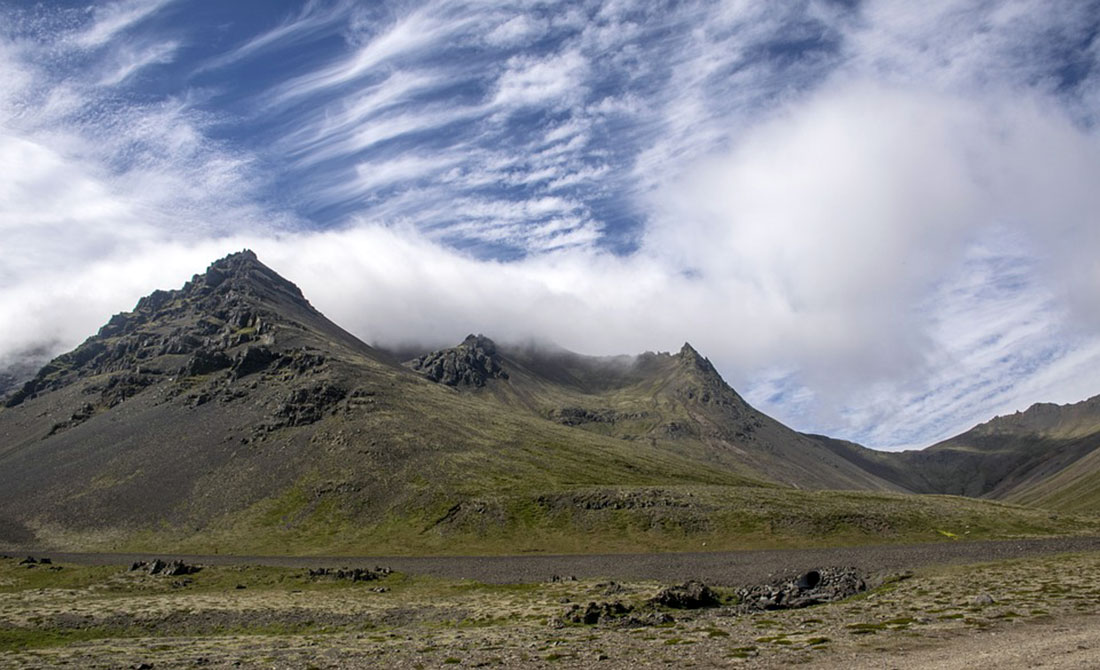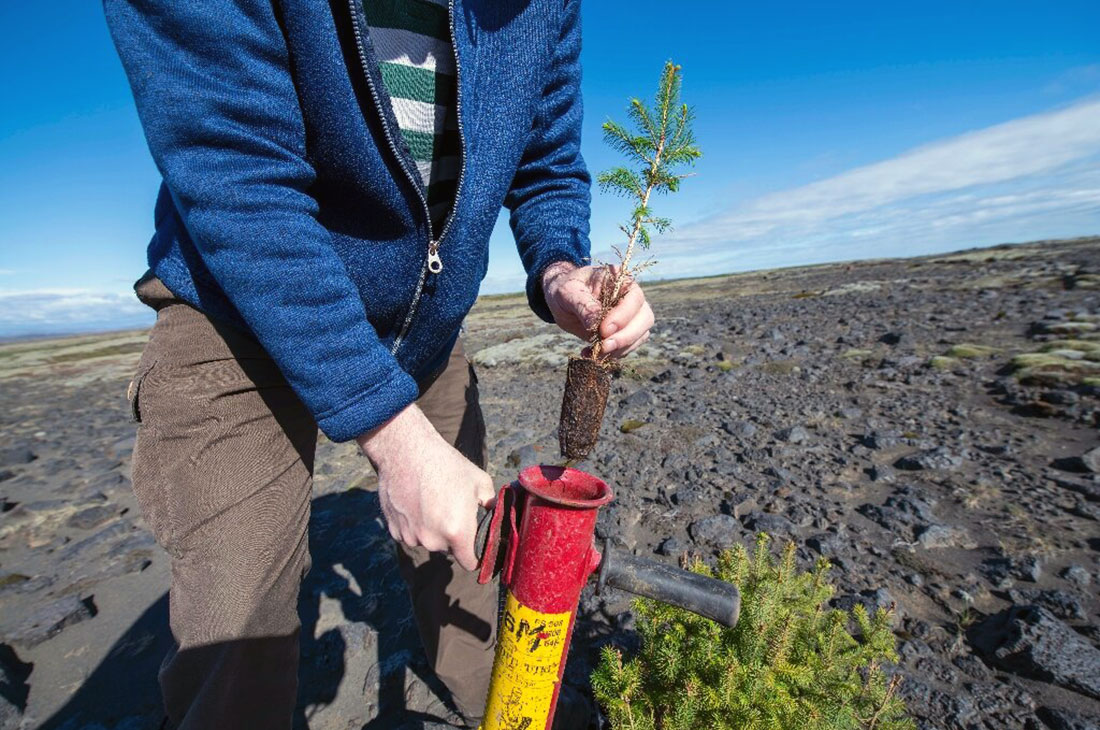The barren landscape of Iceland with its polar climate and land laid bare presents a bleak, inhospitable image. Soil erosion has caused disasters including the filling up of a lake during a sandstorm and the killing of herds of sheep during another severe storm.

We know that the 9th century Vikings were marauders, but we can now hold them responsible for the deforestation of Iceland. Natural birch forest was cut down for building materials and to clear land for crops and grazing. They did such a thorough job that the consequences are still felt centuries later. Iceland is probably the worst example of a country’s deforestation anywhere in the world. And lack of forest to protect the land causes soil erosion and nowhere for plants to grow.
But Icelanders now are determined to make a difference. Helped by climate change and experimentation, they are growing forests with the aim of protecting and restoring soil and even creating a lumber industry.

Birch no longer thrives but trees that survive Alaskan temperatures hold more promise—Sitka spruce, Lodgepole pine, Russian larch and black cottonwood and now being grown from seed in nurseries where the climate can be controlled. Eventually they are replanted, and the goal is to cover 5% of the country in forest.
